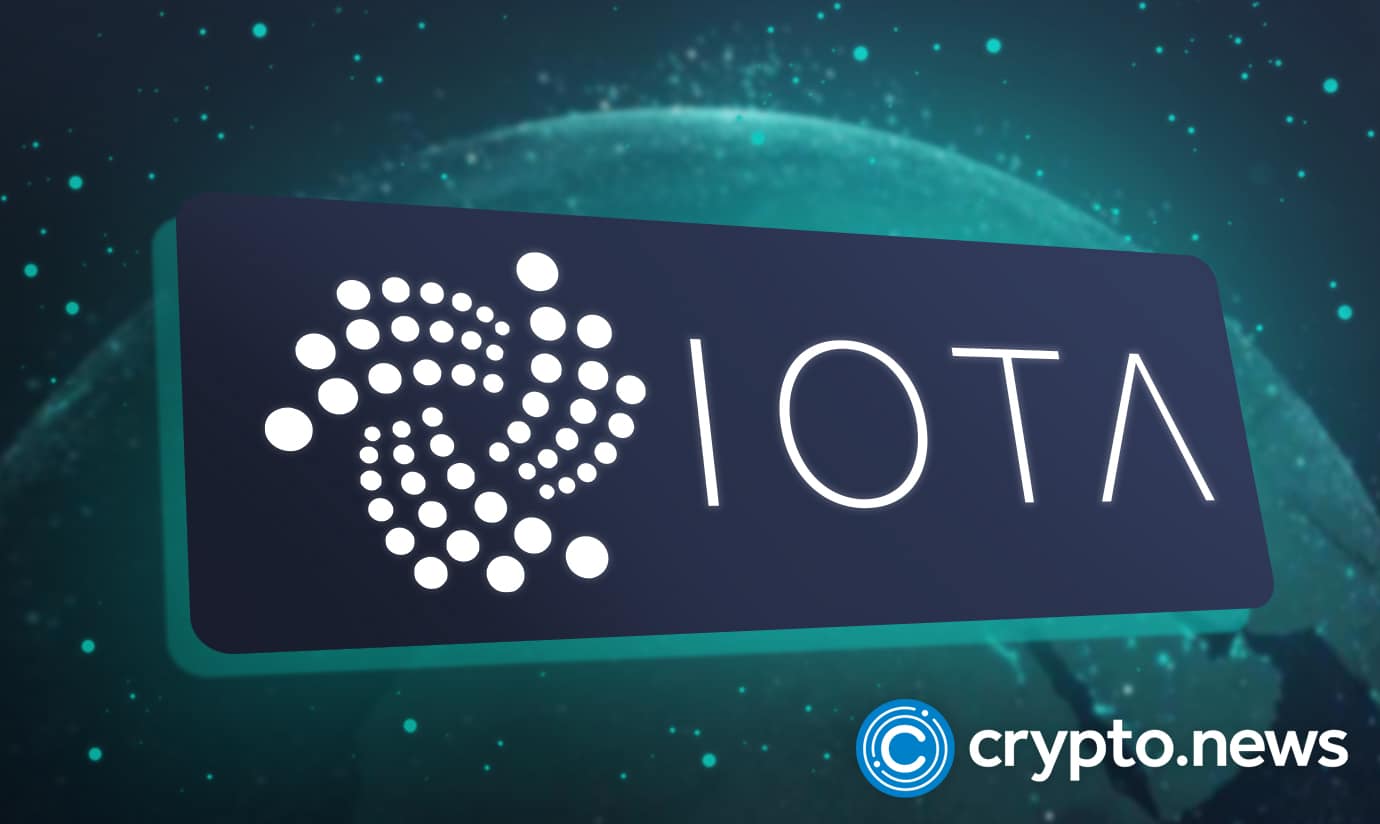
2018-10-23 20:19 |
Our IOTA Digital Asset Report and Evaluation examines the blockchain that isn’t a blockchain – a DAG that uses a completely different consensus mechanism to compete within the rapidly-developing Internet of Things (IoT) industry. It’s one of the most ambitious platforms in the space, and although there are many who marvel at the technology, the pace of adoption and leadership structure have occasionally offered cause for concern.
Introduction To IOTAIOTA is often described as a block-less blockchain. It is built on Tangle technology, which utilizes a directed acyclic graph (DAG) to achieve a zero-transaction-fee, parallelized confirmation model.
IOTA was designed with an IoT future in mind and focuses on alleviating scalability and cost issues that have plagued traditional blockchain architecture.
However, despite being conceived back in 2015, it has enjoyed limited progress towards adoption. Growth has been stalled by the slow development of the IoT market as well as questions regarding technological viability.
IOTA has been at the center of multiple controversies, yet the underlying concept and infrastructure development continue to hold promise.
IOTA Market OpportunityBain expects the IoT market to more than double in size from $235 billion in 2017 to $520 billion in 2021. IOTA has been designed and is continuously being improved upon to answer the needs of this particular niche.
The growing demand for smart ecosystems and automation will drive the demand for IOTA’s product if it is able to deliver on its promises of speed, security, scalability and ability to execute microtransactions.
However, IOTA is far from the only player in the blockchain-IoT space. There are a number of smaller projects like IoTeX and IoT Chain, as well as, blue chip companies involved.
IBM invested $200 billion in the Global Watson IoT Headquarters in Munich back in 2016, and now offers IoT services that utilize Watson and Hyperledger.
Also, Streamr, a second-layer project designed for handling real-time IoT data utilizes the Ethereum as its first blockchain integration, making the Ethereum network itself a competitor.
While IOTA’s approach was at one-point novel, it needs to start producing tangible deliverables and achieving real adoption in order to stay commercially relevant.
The IOTA Ecosystem StructureThe classical IOTA system is a no-hierarchy, user-driven offering. Unlike many of its competitors IOTA does not separate participants into actors and validators. This implementation of the DAG utilizes a “pay if forward” protocol, with no distinction among actors.
To submit a new transaction, one must first verify two previous transactions. This is the basis of the Tangle structure. Since IOTA has been designed for an IoT ecosystem, it expects both machine and human users as well as machine-to-machine interactions.
Due to security concerns, IOTA has implemented a Coordinator. It is controlled by the IOTA Foundation and its job is to issue zero-value transactions at two-minute intervals to facilitate consensus in the network.
IOTA is also working on an application layer for its network, called Qubic. Qubic will add oracles to the system and will use a quorum-based consensus protocol. While the Tangle layer of IOTA is feeless, Qubic introduces rewards and Proof-of-Resource (PoR) in order to incentivize Oracles to process data and disincentivize malicious actors.
Qubic is currently in development, so in the meantime, Qubic Lite (QLite) has been released to allow for experimentation with qApps. QLite utilizes a third layer TOQEN, which is essentially a blockchain surrogate. A smart contract can be introduced to run as a fourth layer protocol:
1st Layer – IOTA (Tangle), this is the data layer; 2nd Layer – Qlite, this is the quorum consensus layer; 3rd Layer – TOQEN, infrastructure for smart contracts with TQN token; 4th Layer – MircoHash, smart contract.IOTA has a number of wallets available for its MIOTA currency. However, most of them have been received as less than user friendly. In response, IOTA has cooperated with its community to develop the Trinity wallet, which has been in Beta since May 2018.
Additionally, there is hardware development underway, which in fact began prior to the founding of IOTA. Jinn is a trinary microprocessor being developed to optimize IoT processes. IOT…
Want to read the rest of this report? It’s free – see below!
Crypto Briefing has produced over 100 deep analyses of early-stage blockchain projects since September 2017. Our exceptional diligence has become the gold standard for crypto researchers who demand independent and unpaid reports.
In October 2018 we expanded our reporting to provide even deeper analysis of tokens traded on exchanges such as Binance, Coinbase, and Bitfinex.
The result is DARE – the Digital Asset Report & Evaluation
For a limited time we are making our deep-dive DAREs available free of charge.
These institutional-grade reports represent over 200 hours of work each – and while we will always offer a free, lite version, only Crypto Briefing Research members will have access to the full report.
In the future, we will charge a fee for reports like this. By creating your membership now, you will be offered the best introductory price available – guaranteed.
We hope you enjoy your free Digital Asset Report & Evaluation.
Your free research download includes our
INITIATION REPORT and our UPDATE #1 REPORT.You will also receive grades for both reports.
Remember, the grade should not be taken in isolation, and a full description of our methodology is available at at the end of the report.
Free – Get My Digital Asset Report & Evaluation Now! Download Now Added to cartThe post IOTA Digital Asset Report And Evaluation (DARE) By Crypto Briefing appeared first on Crypto Briefing.
Similar to Notcoin - Blum - Airdrops In 2024
Emerald Crypto (EMD) на Currencies.ru
|
|




















































